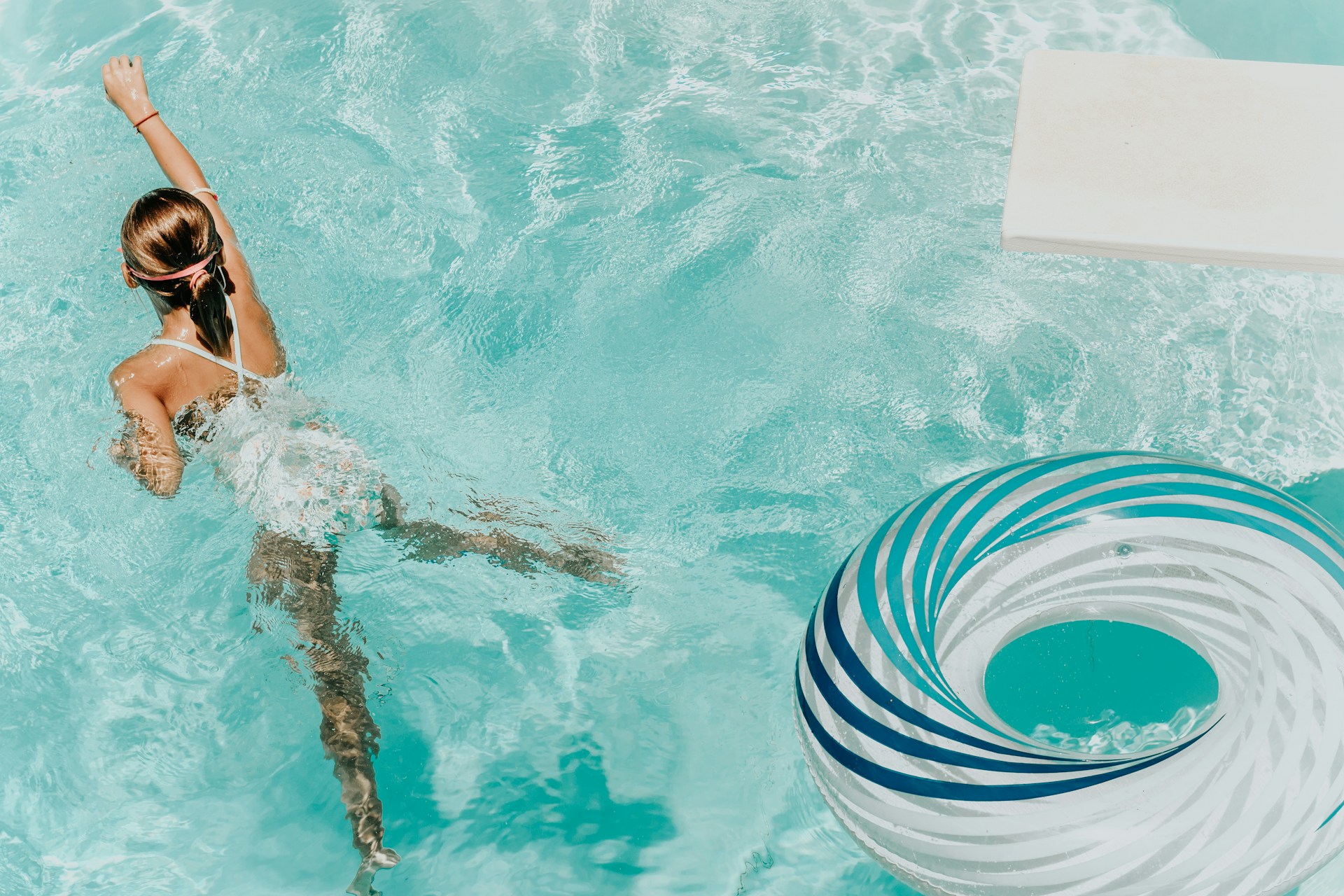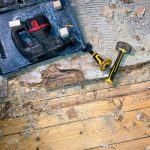Swimming is a favourite pastime for many people, especially during the summer months. Having a pool at your home offers endless opportunities for fun and relaxation. However, while pools bring enjoyment, they also carry potential risks. Every year, there are unfortunate incidents of injuries or drownings associated with swimming pools, especially involving children. As pool owners, it’s your responsibility to ensure that your pool areas are safe. To help you fulfil this important duty, we’ll cover the essential safety equipment that should always be near your UK home swimming pool.
Pool Fencing
The first line of defence in pool safety is having a correctly installed and maintained pool fence. A pool fence serves the critical function of preventing unauthorised or unsupervised access to the pool, especially by young children who are most at risk of accidental drownings.
A découvrir également : What are the signs that your swimming pool needs resurfacing in the UK?
Pool fences should be at least 1.2 meters high, with gaps of no more than 10cm between vertical elements to prevent children from squeezing through. Self-closing and self-latching gates, which swing away from the pool area, are also crucial features. A pool fence is not just recommended but legally required in many places, including the UK.
Pool Alarms
Besides fencing, pool alarms are another piece of safety equipment that can deter unsupervised access to the pool. Pool alarms come in various types, including surface wave detectors, sub-surface detectors, and immersion detectors.
Sujet a lire : What are the best underwater exercise routines for UK pool owners?
Surface wave detectors are activated when something disturbs the water surface. Sub-surface detectors use sonar technology to identify disturbances underwater, while immersion detectors are worn by the swimmer and trigger an alarm when submerged.
A pool alarm provides an extra layer of protection, alerting you to unanticipated access to the pool, which can be crucial in preventing accidents.
Safety Covers
Another major safety measure for your swimming pool is a safety cover. Not only do safety covers keep your pool clean by preventing leaves, debris, and dirt from entering your pool, but they also serve an essential safety purpose.
When properly installed, safety covers can support the weight of a child or an adult, preventing them from unintentionally falling into the water. It’s important to note that safety covers are different from pool blankets or solar covers, which do not offer the same level of protection.
Rescue Equipment
Regardless of all the preventive measures in place, it’s important to be prepared for any emergencies that might still occur. That’s why having rescue equipment nearby is a must.
A life ring, also known as a life buoy, can be thrown to someone struggling in the water, providing them with flotation support. It should be lightweight, easy to throw, and have a line attached for pulling the person to safety.
A pool hook, or life hook, is another piece of equipment that can be used to pull someone to safety. Made from non-corrosive material, a pool hook is attached to a telescopic pole, allowing you to reach a person in distress from the poolside.
Pool Rules Signage
Lastly, clear signage outlining pool rules is another essential safety measure. While not a physical piece of equipment, pool rules signs serve to educate and remind all pool users, guests, and visitors of safe behaviour and practices when near or in the swimming pool.
The signs should be clear and visible, containing rules such as ‘No running’, ‘No diving in shallow areas’, ‘Children should be supervised at all times’, and ‘Know your swimming abilities’.
In conclusion, a swimming pool can bring much joy and relaxation to your home, but it also comes with a significant responsibility. To ensure a safe and enjoyable swimming experience for everyone, never overlook the importance of having the right safety equipment and measures in place.
First Aid Kit
One indispensable piece of safety equipment that should be within easy reach of your swimming pool is a well-stocked first aid kit. A well-equipped first aid kit is a crucial resource for addressing minor injuries and stabilising major ones until professional help arrives.
The first aid kit should include essentials like antiseptic wipes, bandages, tweezers, sterile gauze pads, adhesive tape, disposable gloves, a breathing barrier with a one-way valve, instant cold packs, scissors, and a first aid manual. It’s also beneficial to include a blanket and items specific to the needs of those using the pool like an asthma inhaler, EpiPen or allergy medication.
Do not overlook the importance of regularly checking and restocking your first aid kit because you never know when you’ll need it. Additionally, while having a first aid kit is a vital part of pool safety, knowing how to use the items in the kit is just as important. Therefore, every member of the household, and especially those who use the pool frequently, should be trained in basic first aid and CPR.
Water Chemistry and Pool Maintenance
Maintaining the right balance of pool chemicals is another crucial aspect of pool safety. Regularly testing and adjusting your pool water chemistry isn’t just about keeping the water clear and sparkling. It’s also about ensuring the health safety of anyone who uses your pool.
Incorrect levels of pool chemicals can cause skin, eye, and respiratory irritations. Moreover, if the water chemistry is off, it can create an environment conducive to the growth of bacteria and other harmful microorganisms.
You should frequently test and adjust the levels of chlorine, pH, alkalinity, and hardness. Chlorine acts as a sanitizer, killing bacteria and other pathogens. The pH level, which should ideally be between 7.2 and 7.6, determines how effectively the chlorine works. Alkalinity and hardness levels affect water balance and clarity.
Regular pool maintenance also involves keeping the pool equipment in good working condition. This includes the pool pump, filter, and any heaters. Ensuring these are functioning properly helps maintain the water quality and safety of the pool.
Conclusion
While swimming pools can provide a fantastic way to relax, exercise, and have fun, they are not without risks. As a pool owner, you shoulder the responsibility of ensuring the safety of everyone who uses your pool.
This includes having the necessary safety equipment such as pool fencing, pool alarms, safety covers, and rescue equipment. It’s equally important to establish and enforce pool rules, maintain a well-stocked first aid kit, and regularly check and adjust your pool water chemistry.
Moreover, ensuring that everyone in your family has swimming lessons and knows basic water safety rules can greatly reduce the risk of accidents.
Remember, when it comes to swimming pools, compliance with these safety measures isn’t just about following the law. It’s about providing a safe and enjoyable environment for you, your family, and your visitors to enjoy. After all, a safe swimming pool is a fun swimming pool.
















